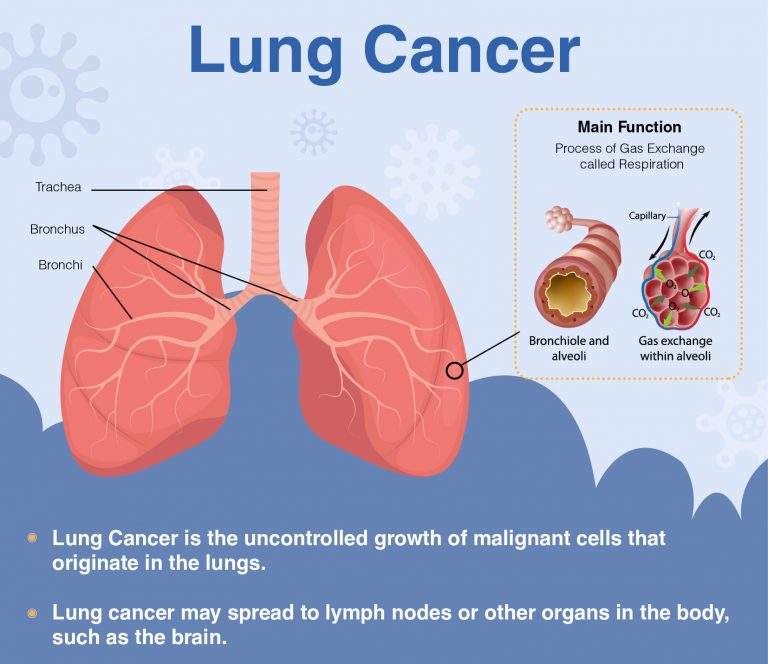


We have shown that LC can be detected years before diagnosis and manifestation of disease symptoms independently of histological subtype. The most important separators were microRNAs, miscellaneous RNAs, isomiRs, and tRNA-derived fragments. Furthermore, the strongest models that took both time to diagnosis and histology into account successfully predicted non-small cell LC (NSCLC) between 6 and 8 years, with an AUC of 0.82 (95% CI, 0.76–0.88), and SCLC between 2 and 5 years, with an AUC of 0.89 (95% CI, 0.77–1.0), before diagnosis.
:max_bytes(150000):strip_icc()/lung-cancer-symptoms-4014389_color-9405196b97064d509fe43ef1f8f14e2d.gif)
We generated machine learning models using normalized serum RNA levels and found that smokers later diagnosed with LC in 10 years can be robustly separated from healthy controls regardless of histology with an average area under the ROC curve (AUC) of 0.76 (95% CI, 0.68–0.83). RNA sequencing with an average of 18 million reads per sample was performed. In total, 1061 samples from 925 individuals were analyzed. We investigated the biomarker potential of serum RNAs for the early detection of LC in smokers at different prediagnostic time intervals and histological subtypes. Lung cancer (LC) prognosis is closely linked to the stage of disease when diagnosed.


 0 kommentar(er)
0 kommentar(er)
